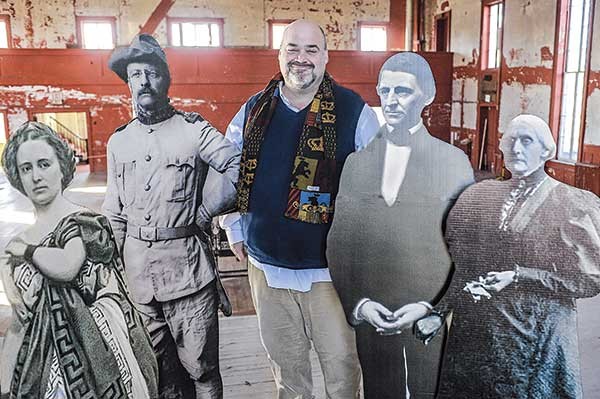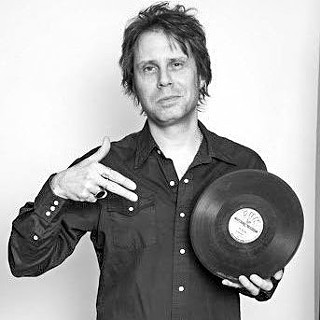When Gary Schiro signed on as executive director of the Hudson Opera House, the historic building needed a lot of help. The yawning structure's long-neglected, leaking roof had caused years of horrendous damage to the walls and ceilings. Standing water from clogged sewers filled the basement. There was asbestos, nesting birds, and vermin to deal with. Fundraising for restoration had already started and one room had been redone by the time Schiro came into the picture in April 1998. But the road that lay ahead was still as daunting as the theater's decrepit condition, which required detailed preservation studies, and building plans that met with approval from the City of Hudson Historic District and the State Historic Preservation Office. Not to mention the rigorous but delicate balancing act of keeping fundraising efforts on track in an unsympathetic economy.
"At first people thought [restoring the building] was a bad idea, that this place was beyond saving," Schiro says. "Hudson had become incredibly depressed by that time. No one would go below Fifth Street."
Today, of course, it's quite a different story. The Opera House is an anchor of renewal, its address one of many thriving sites lining the length of a rejuvenated Warren Street. Now one of the region's leading arts centers, the beautifully restored Gilded Age building provides free or low-cost cultural offerings all year round, seven days a week—often more than once per day. Its reliably enticing programs include concerts, readings, lectures, exhibitions, theater and dance presentations, afterschool programs, workshops, classes, and children's, family, and community arts events.
Constructed in 1855 as the first Hudson City Hall, the building houses an upstairs performance hall that is New York State's oldest surviving theater. Inspired by Paris's grand Palais Garnier opera house, many prestige-seeking American towns built their own so-called opera houses in the 19th century, hence the facility's name. In addition to staging operas, plays, dances, and even poultry shows, the space in its early years hosted exhibits by Hudson River School painters Frederic Church and Sanford Gifford and speaking engagements by Teddy Roosevelt, Susan B. Anthony, abolitionist Henry Ward Beecher, and best-selling author Bret Harte. After City Hall relocated in 1962, the vacant building fell into a 30-year period of disrepair.
In 1992, a nonprofit group was formed to bring the once proud edifice back to its former glory as a cultural and civic center. Since then, the site, which currently has five functioning spaces on its first floor (the ornate upstairs theater awaits restoration), has consistently presented such internationally esteemed talent as pianist Jenny Linn, Pulitzer Prize-winning poet John Ashbery, the Imani Winds quintet, bluesman Guy Davis, and theatrical, dance, and musical acts from China, Denmark, Mongolia, and Germany. Currently on the calendar are a showing of 1960s Andy Warhol images by photographer David McCabe and a storytelling workshop presided over by "Law and Order" originator and screenwriter David Black.
When it comes to steering the Hudson Opera House's ever-continuing rebirth, Schiro's background clearly makes him the man for the job. A native of Niagara Falls, the director, a playwright himself, previously served with the New York State Council on the Arts and worked for years in New York as a drama teacher, performer, and administrator.
Schiro has been consulting with a design team for the past 11 months and hopes to see the site's full facelift completed within two years' time. "We're excited about preserving the building," he says, "and continuing the purpose for which it was originally built: To serve the community by enriching our culture."













